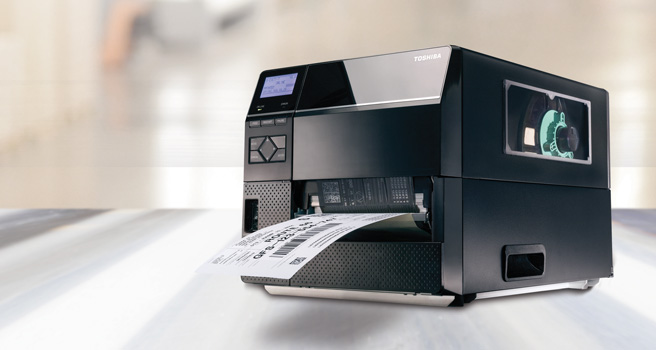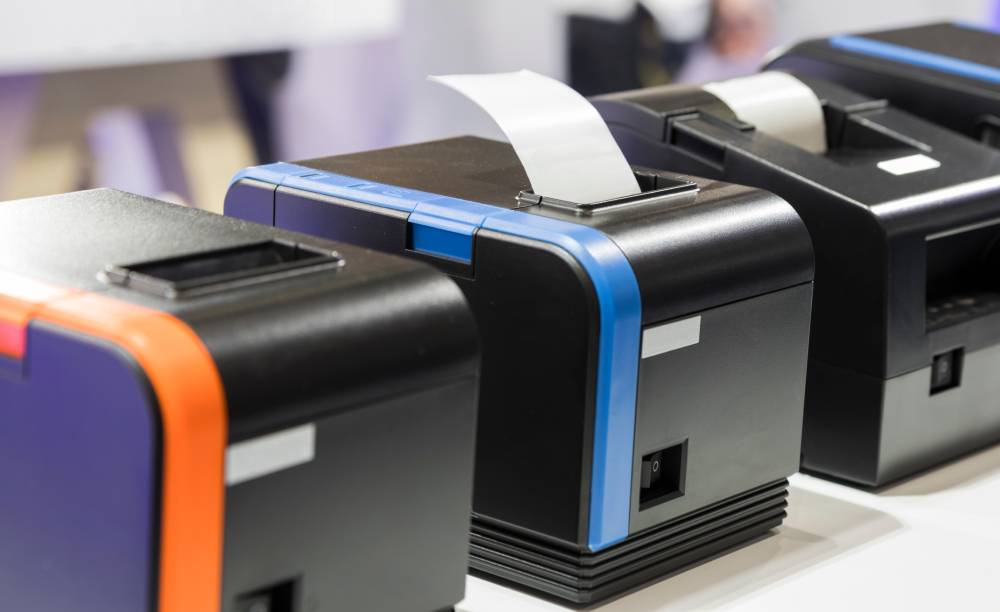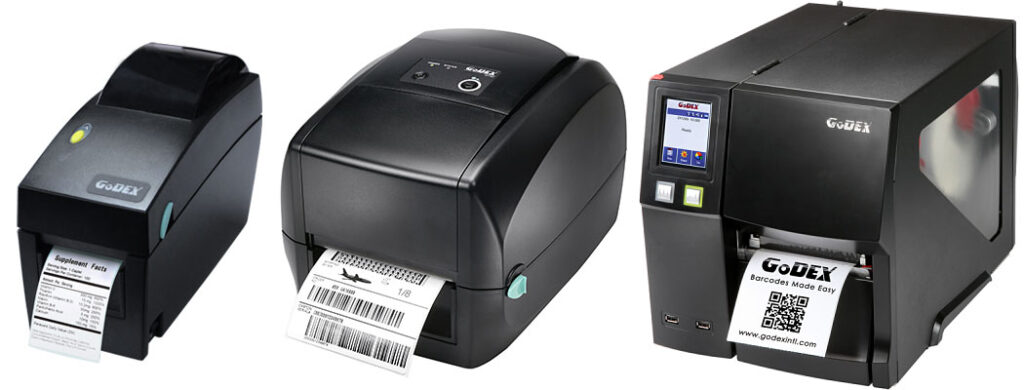The new generation of printer is the thermal label printer

Over the past few years, there has been an increasing demand for thermal label printers, particularly in emerging markets where the need for label printing solutions is quickly growing. This trend has resulted in the establishment of new companies and manufacturing plants that specialize in the production of these printers.
For instance, in 2019, TSC Auto ID Technology, a well-known manufacturer of thermal label printers, opened a new manufacturing plant in India to cater to the growing demand for label printing solutions in India and other emerging markets in the region. The plant features state-of-the-art technology and production processes to ensure the highest quality of thermal label printers.
Similarly, in 2020, a new company called Sato Argox was launched in Malaysia, offering a range of thermal label printers for different industries such as retail, manufacturing, and healthcare. The company aims to provide innovative label printing solutions to businesses in the region, leveraging the latest technology and industry best practices.
The opening of new thermal label printer companies and manufacturing plants is a clear indication of the growing demand for label printing solutions, as businesses across industries seek to improve their operational efficiency and accuracy. These developments are expected to continue in the future as the demand for thermal label printers continues to rise worldwide. The advancements in thermal label printer technology are also expected to accelerate, offering businesses more options to choose from and improving the overall quality of label printing solutions.

What is thermal label printer
A thermal label printer is a type of printing device that uses thermal printing technology to create high-quality labels for a wide range of applications. Unlike traditional ink or toner-based printers, which use ink or toner to create images and text on paper, a thermal label printer uses heat to produce images and text on specialized thermal label paper.
In a thermal label printer, the printhead contains a series of heating elements that are selectively activated to create an image or text on the thermal label paper. The heat from the printhead activates a layer of heat-sensitive coating on the paper, which reacts to produce the desired image or text.
There are two types of thermal label printers: direct thermal printers and thermal transfer printers. Direct thermal printers use heat-sensitive paper that produces an image or text when it is heated by the printhead. Thermal transfer printers, on the other hand, use a heated ribbon to transfer ink onto the label material, producing a durable and long-lasting label.
Thermal label printers are widely used in a variety of industries, from retail and manufacturing to logistics and healthcare. They are known for their high speed, accuracy, and durability, making them a reliable and cost-effective solution for businesses that require frequent label printing.
Benefits of thermal label printer
Cost-effective: Thermal label printers are highly cost-effective as they do not require any ink, toner, or ribbons. Instead, they use thermal paper or direct thermal labels, which are relatively inexpensive and widely available. This means that the cost per label is significantly lower than traditional printers, making them ideal for businesses that require large volumes of labels.
High-quality printing: Thermal label printers produce high-quality, high-resolution prints with excellent clarity and sharpness. The labels are also smudge-proof, water-resistant, and long-lasting, which ensures that they remain readable even after prolonged use.
Speed and efficiency: Thermal label printers are much faster than traditional printers, with speeds of up to 12 inches per second. This makes them ideal for businesses that need to print a large number of labels quickly and efficiently.
Easy to use: Thermal label printers are straightforward to operate and require minimal training. They have simple interfaces, and most models come with software that allows users to design and print labels quickly and easily.
Versatile: Thermal label printers can print on a wide range of materials, including paper, synthetic, and polyester labels. They can also print barcodes, QR codes, and graphics, making them ideal for a variety of applications, including shipping, inventory management, product labeling, and more.
Low maintenance: Thermal label printers are low maintenance as they have few moving parts and require no ink or toner. This means that they are less likely to break down, reducing the need for repairs and maintenance.


